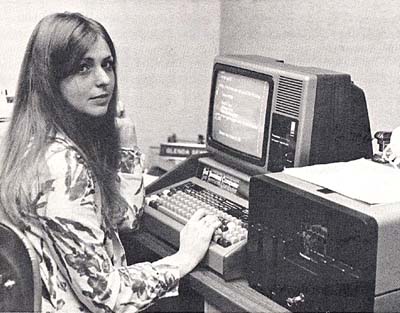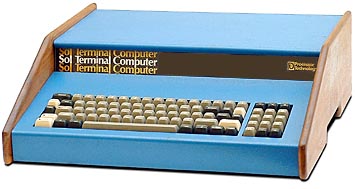
|
|

|
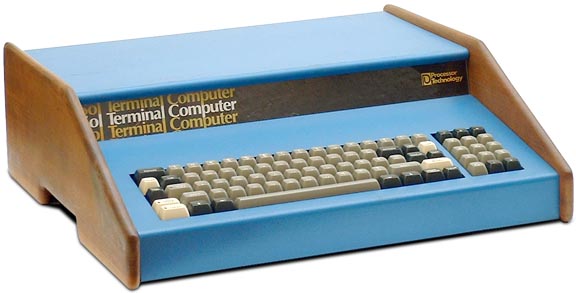
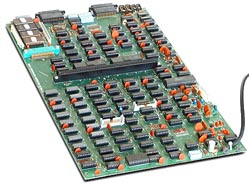 The Sol started out as the Sol-PC, a single circuit board without a case or power supply.
It was sold as a $475 kit, which was assembled by the purchaser, or fully assembled for $745.
The Sol started out as the Sol-PC, a single circuit board without a case or power supply.
It was sold as a $475 kit, which was assembled by the purchaser, or fully assembled for $745.
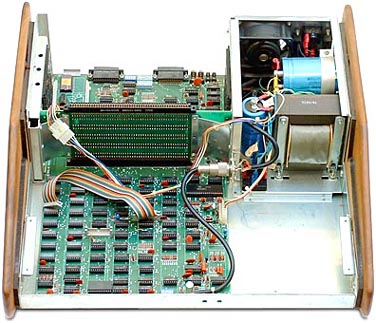
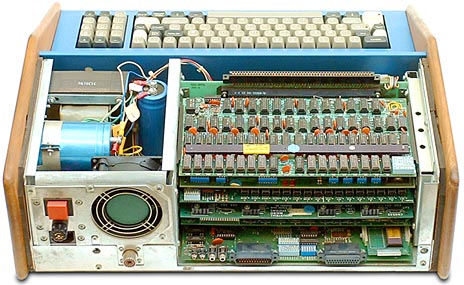
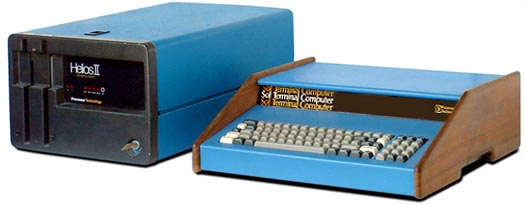
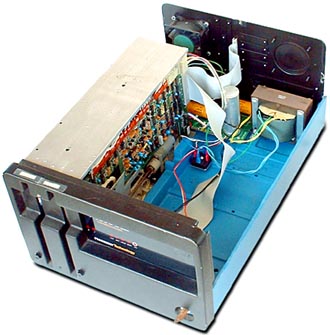 The Helios II is built around the Persci 8-inch dual drive, and can store 384K of data per disk.
This drive has to be the most unique drive in existance:
The Helios II is built around the Persci 8-inch dual drive, and can store 384K of data per disk.
This drive has to be the most unique drive in existance:
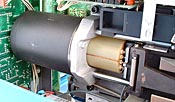
|
